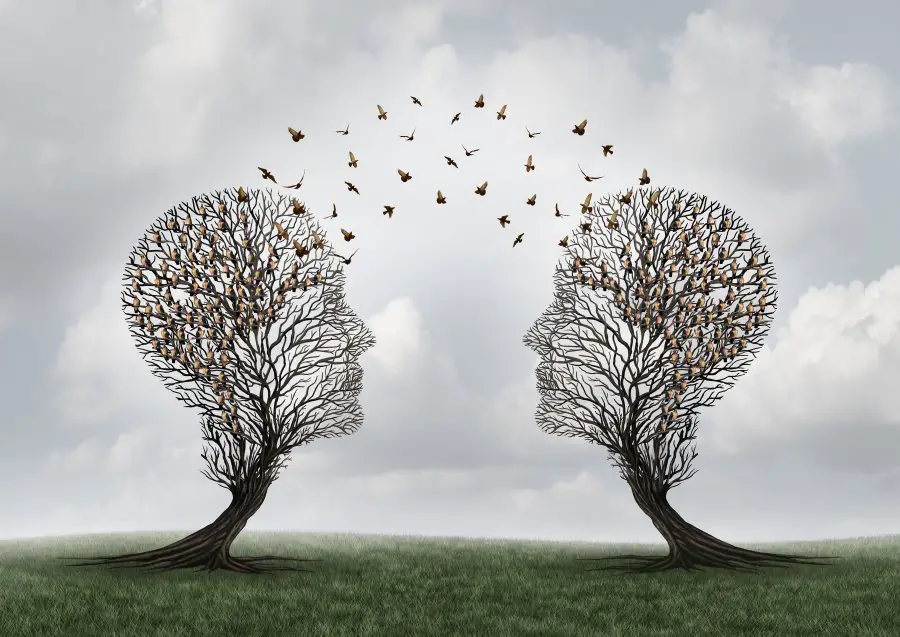Trees Communicate With One Another Using An “Internet” Of Fungus
Tags: opinion

The world of plants and animals is so rich and diverse that there is always a chance that it will surprise you.
It’s a world which, is far, far older than the world of humans.
But sadly, humans have always used this world and its inhabitants for their own benefit.
Worse, this relationship used to be a kind of give-and-take one in ancient times, when people used sustainable methods to harvest what the forest and field could give them. Post-Industrial Revolution has changed the entire scenario. Man has, in the process of becoming the lord of all spheres, polluted the world with smoke, sewage and waste.
This has changed the climate drastically, especially in the last few years. And many species of animals and plants have become extinct even in recent years, and we are talking a couple years here. Only a few days back, the blue Spix macaw from Brazil was declared extinct. You might have seen it in the film ‘Rio’.
Having said that, life does find a way to bounce back as a whole. Especially where there is balance, there is life, in some way or the other. And more often than not, life forms interact to make the best of scarce resources. It’s called symbiosis, a method of collective help and cooperation which makes it better for both parties. It might be for nutrients or protection at stake for either parties.
In the world of plants too, it exists in two very well known forms: the lichen and the mycorrhiza.
Lichens grow in the coldest regions of the Earth; it is a relationship between green algae and fungi. While the fungi gives the algae a body to cluster on, the algae provides much needed food for the fungi which can’t photosynthesize.
Mycorrhizae, on the other hand, are even more special. They not only restrict themselves to the involved parties (conifer trees and fungi in the soil), but thanks to the logistics, build themselves as a kind of internet for the conifers to trade specific nutrients among each other.
The fungi produce complex thread-like structures called hyphae which form the network needed. This extends over miles and miles under the surface.
Fungi are more efficient sponges for absorbing nutrients and water while trees or more complex plants are better at processing said nutrients into food. Other trees and plants can also tap into this reservoir.
The relationship might not be equal every time, but it has stood the test of time, in places with poor quality of soil and/or colder climates.
6000 species of fungi and about four times that number of plants and trees indulge in this method, to survive better and that includes the very wheat that goes into our cakes and bread. Sometimes even bacterial cells are hosted in the fungal cells.
The nutrients are fixed into usable forms, especially carbon and nitrogen, into the mycorrhiza network.
This fixed quantity is tapped into by the trees and plants; this can extend for an extensive network that spans large areas.
Life does bounce back, yes, but do we take this balance for granted?
IMAGE CREDIT: lightwise
Leave Comment: